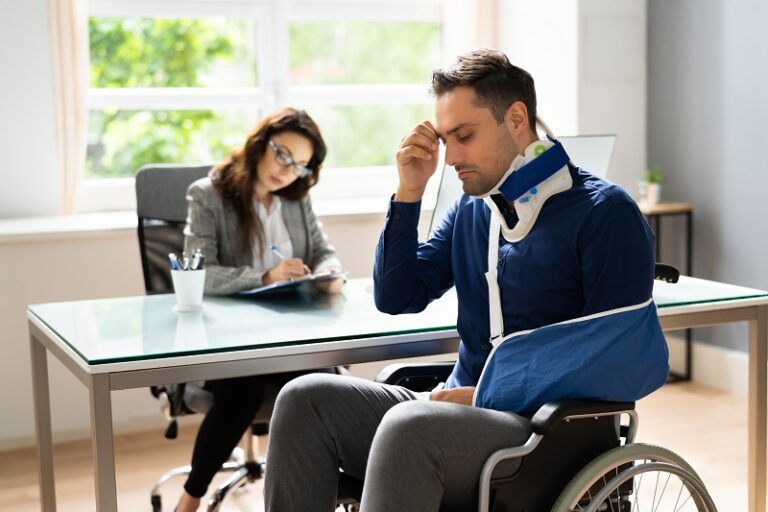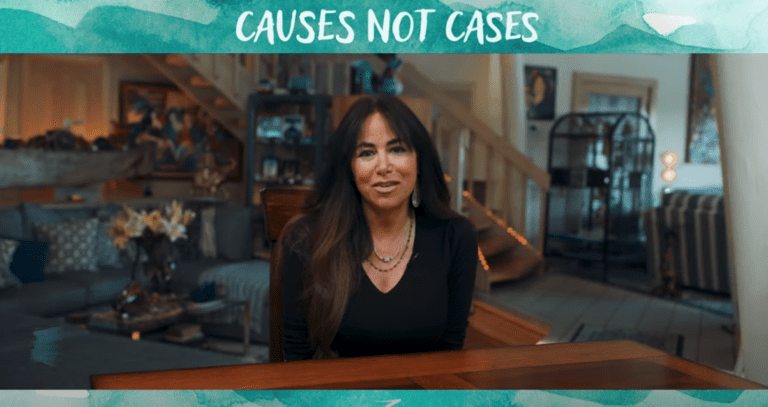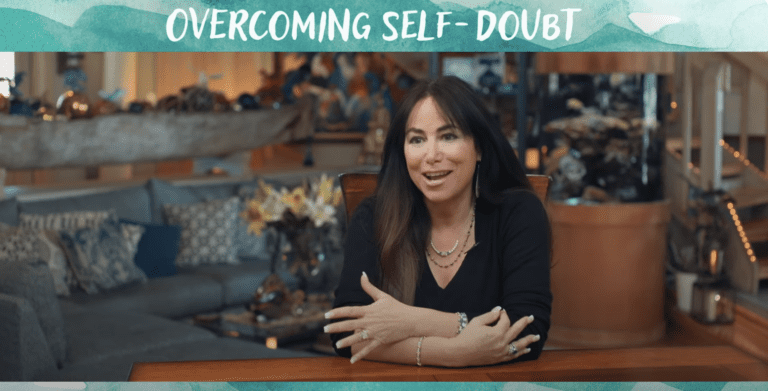[profileleft] [/profileleft]Bullying is an enormous problem across the entire world. Bullying at school has come under particularly intense scrutiny in recent years because of all of the different ways in which it occurs. Chronic bullying is more common than many would think. We have even seen how children with disabilities are forced to endure bullying as they get older. All of this has led to different governmental agencies, advocacy groups and school systems working to put together antibullying programs. These programs are generally multifaceted and will focus not only on the targets of bullying, but also those who engage in bullying and even those who have nothing to do with it. A recent study took a close look at those who witness bullying and their parents as part of a deeper analysis of the progress of antibullying programs that are already in place. The results were noteworthy.
[/profileleft]Bullying is an enormous problem across the entire world. Bullying at school has come under particularly intense scrutiny in recent years because of all of the different ways in which it occurs. Chronic bullying is more common than many would think. We have even seen how children with disabilities are forced to endure bullying as they get older. All of this has led to different governmental agencies, advocacy groups and school systems working to put together antibullying programs. These programs are generally multifaceted and will focus not only on the targets of bullying, but also those who engage in bullying and even those who have nothing to do with it. A recent study took a close look at those who witness bullying and their parents as part of a deeper analysis of the progress of antibullying programs that are already in place. The results were noteworthy.
About the Antibullying Study
The study focused on fourth and fifth grade classes from nine different elementary schools in a state along the Atlantic coast in the United States. Students reported a total of 1,440 bullying incidents at school and on the specific behaviors of their classmates during these episodes. Researchers then chose 106 pairs of caregivers and children to respond to five different sets of hypothetical situations relating to bullying. They presented these hypotheticals in a home environment. The caregivers/parents explained to the children how they would have acted had they witnessed these situations.
Based on these interviews, the researchers found the following:
- Children who were advised by caregivers to intervene and help the target of bullying were more likely to do so when they saw such an incident occurring.
- Those who were advised not to intervene were more likely to do just that and allow the bullying to continue uninterrupted.
- Children who were advised not to intervene also showed a tendency in some cases to join in on the bullying as it was occurring.
Clearly, this study highlights the potential power and influence of parents’ messages on their children. Children were likely to take steps to intervene if they were told that it was the right thing to do. However, they were also likely to take negative steps if they were told to stay out of it. The results of this study could affect the way in which antibullying programs are put together in some school systems. Specifically, the effects could involve more involvement of parents and other caregivers when schools are engaging in antibullying efforts. Those who would like to review an abstract of the study can find it here.
Does Intervention Help With Anti-Bullying Efforts?
Most people would naturally think that when a peer intervenes when he or she sees bullying that this would be a good thing. There are data in existence that support that notion, including:
- 57 percent of bullying situations stop when a peer intervenes on behalf of the student being bullied at the time. (Pacer.Org)
- School-based antibullying programs decrease bullying by as much as 25 percent. (Pacer.Org)
However, other analyses have come to the conclusion that certain forms of peer intervention can actually have the opposite effect on bullying. StopBullying.Gov openly states that certain antibullying efforts such as peer mediation can actually make matters worse.
The bottom line is that there are several different ways for a peer to intervene. The person who is watching someone being bullied can:
- Directly intervene and demand that the bullying stop
- Bring the bullying to the immediate attention of an adult
- Report the incident to school authorities
- Speak to parents about what happened and seek advice on how to respond
Every situation is different, but every young person needs to understand that bullying is a problem that can carry long-lasting consequences with it for those who are forced to endure it when they are young. We are still learning more about this entire problem.
Bullying Definition and Statistics
StopBullying.Gov has printed the official definition of bullying that was adopted by the federal government. The core elements of bullying include:
- Unwanted aggressive behavior
- Observed or perceived power imbalance
- Repetition of behaviors or the high likelihood of repetition
The definition also encompasses several different types of bullying, including:
- Physical
- Verbal
- Relational
- Damage to property
StopBullying.Gov also provides statistics regarding bullying in the United States. These statistics include:
- 28 percent of all students in the United States between grades 6 and 12 experienced bullying.
- 20 percent of all students in the United States between grades 9 and 12 experienced bullying.
- 30 percent of young people admit to bullying others in surveys.
- More than 70 percent of young people say they have witnessed bullying in their schools.
- A nearly identical percentage of school staff have witnessed bullying as well.
Overall, millions of young people have been bullied in the United States and until something is done on a larger level, this problem is going to continue.
How Children’s Rights Lawyers Can Help
As can be seen from the information provided above, there is no easy answer for bullying. Yes, it appears that overall, antibullying efforts are having a positive impact. However, the potential for larger problems can exist if antibullying efforts are not undertaken in the proper manner within the context of a particular situation. The best way for young people to understand the problems with bullying is to understand the harm that it inflicts and why it is never appropriate to engage in bullying. If enough young people understand that, then the prevalence of bullying may wane.
There are also likely parents out there whose children are being bullied who are unsure of where to turn for help, particularly if they have already tried to get help from school officials or others in positions of authority. If this includes you, then you need to take additional action to protect your child. You can do so by seeking the advice of children’s rights lawyers who understand what it takes to hold those responsible for this type of harm accountable. Contact Gomez Trial Attorneys today for a free case evaluation.







